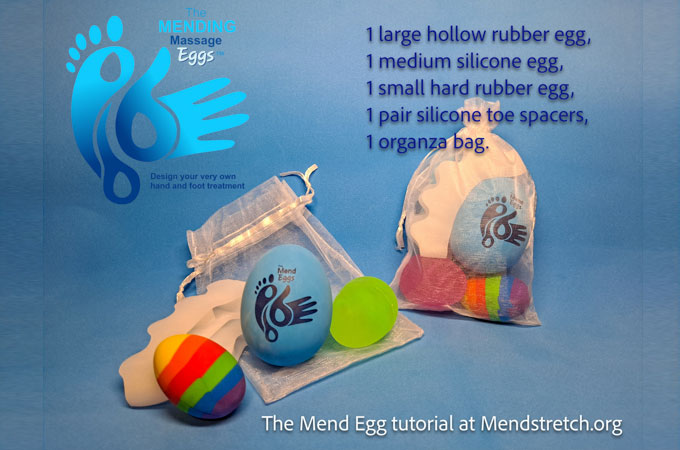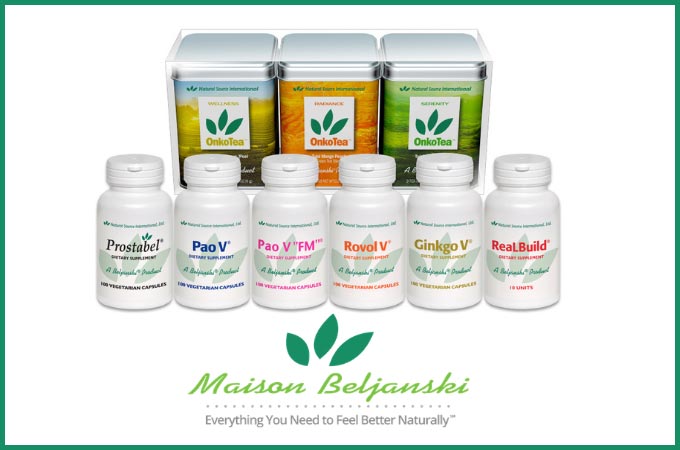
Say it out loud: Arsenic. Even the name leaves a toxic taste on the tongue. And despite the chemical's reputation as a way to uh, "eliminate" one's spouse (really—arsenic poisoning was a thing among women in 19th century England, according to this articlefrom The New Yorker), it's actually an everyday part of our diets.
Thing is, taking in too much of the stuff can lead to skin, lung, and bladder cancers, as well as diabetes and cardiovascular disease. Which is why you should be aware of the various foods and beverages you're probably getting it from.
Arsenic is both naturally occurring (thanks, minerals from dissolved rock and soil) and manmade (hello, pesticides and insecticides). The natural stuff is called organic arsenic, and it's thought to be nontoxic and is normally just excreted by the body. The manmade stuff, however, is called inorganic arsenic, and is a known carcinogen—that's the stuff to look out for.
Another thing about arsenic? It's got a super-long lifespan, so even though arsenic-containing pesticides are now prohibited, their residue remains in the soil for quite a while. Basically, you can't escape it, but you can limit your exposure by simply varying your diet, suggests Kathryn Cottingham, author of the Nutrition Journalstudy referenced below. "Try to eat a diverse, healthy diet that doesn't rely on just a few foods day in and day out. That way, even if a few foods are high in arsenic, you're lowering your overall exposure," she says. Below, a few foods that you shouldn't totally cut from your diet—but shouldn't be eating every day, either. (Try the 12-day liver detox for total body health!)
























